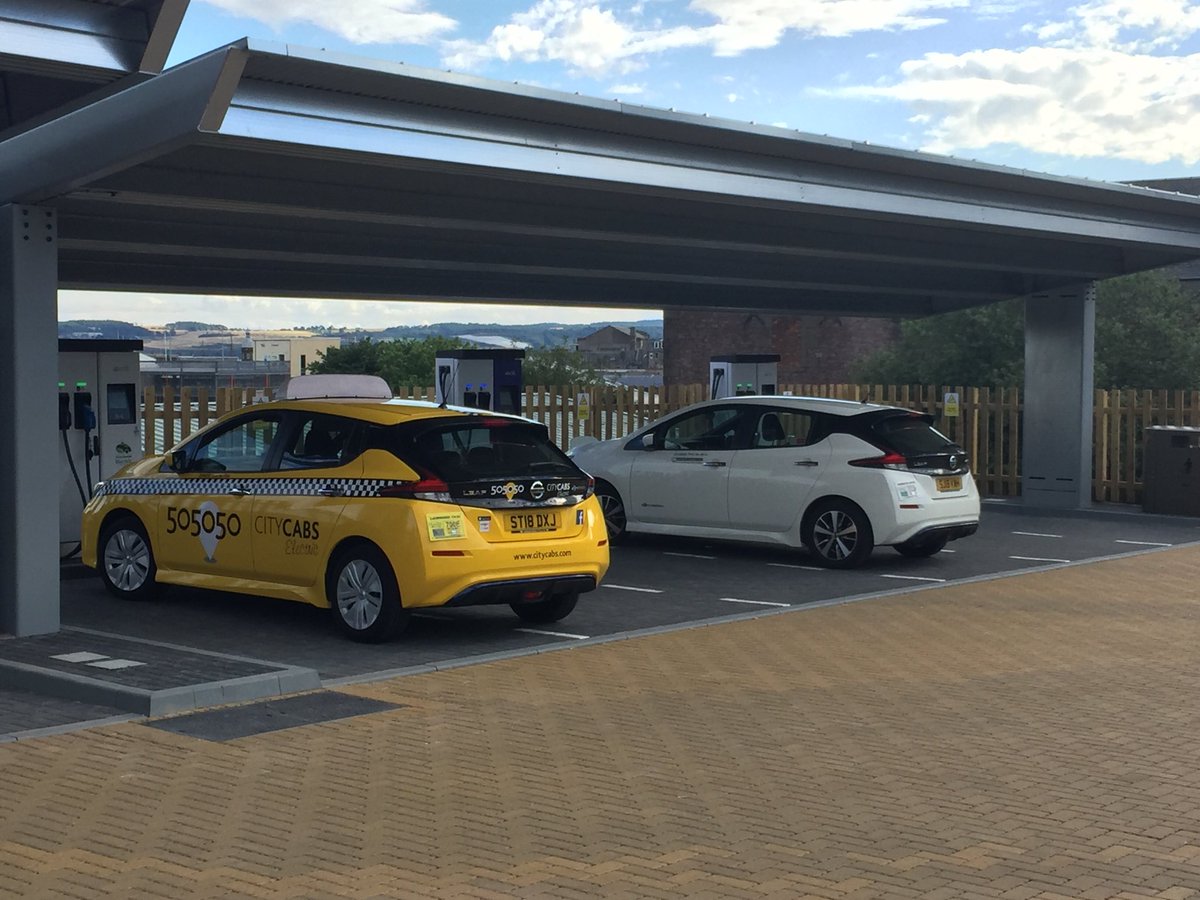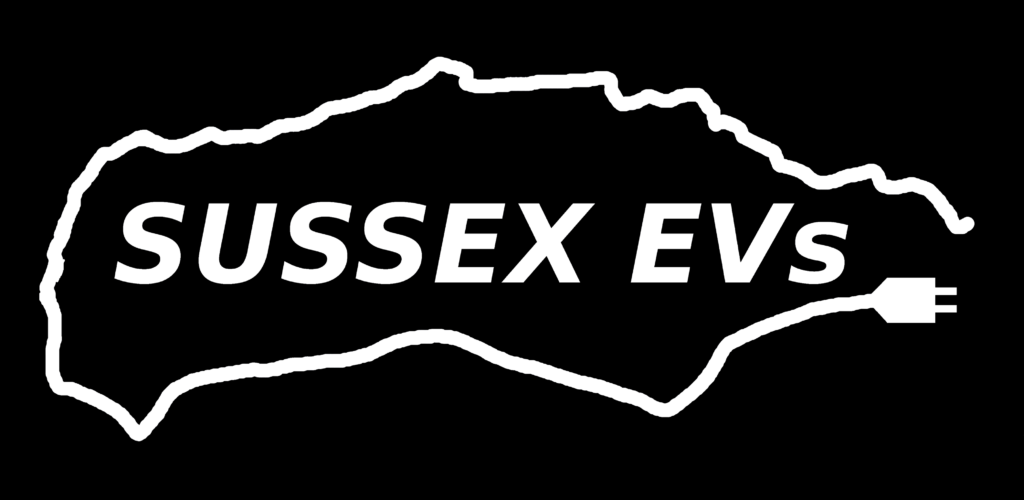#EV Electric Vehicles Festival 2019

The first ever Electric Vehicle Festival was held on the 28th July at the British motor museum in Gaydon, Warwickshire. In spite of the poor weather early on, the turnout was exceptional. More than 150 cars on display and lots of great conversation with the general public. For a first outing, the professionalism of the event was excellent. This should prove to be a great annual event for the community to get involved in. Massive thanks to Paul Middlicott for organising this. Very well done.
Fully Charged Live 2019
What an absolutely amazing, fulfilling time we had at FCL 2019. @B_McBeardface (Jon from KentEVs) managed to organise for us to have a stand at the event and we met lots of great people. We dispelled many myths and made many friends. My star car of the show was the converted Delorean. I am sure we all had our own favourites.
The Electric Junction, Merseyside
This was an event held at the Junction Pub in St Helens by Northwest EV Owners Group. Organised by Mark Gaudie, there were a lot of attendees and cars on show from different manufacturers including Jaguar, Tesla, Kia, Hyundai, Renault, Nissan. A great venue for meetup like this.
EVs In The Car Park at Ace Cafe London
On the 9th February 2019 at Ace Cafe London. Organised by the Renault Zoe Owners Club.
Creating an Eco house
One of our members, Warren has gone all out in creating an eco house. This is a video which shows how he has upgraded his house to make it almost entirely self sustainable.
One family’s story on how they live clean and green for their daughters future.They tell how they chose their property, covered it in solar panels and then stored all their self-generated renewable energy using their Tesla Powerwall. One of the first domestic-installed Powerwalls, the battery charges their electric car whilst their smart energy system helps them manage their home energy needs. This inspiring family shows how simple and efficient it is to live clean and green, not only saving on carbon emissions but slashing their home energy bills at the same time.This property featured as one of the homes open on the Worthing Eco Open Houses trail in 2018, organised by Transition Town Worthing.
The problem of iceing

When doing a journey of any reasonable distance in an EV, the biggest stress vector is worrying about whether you will be able to recharge. On the whole, driving an electric car is a much more relaxing experience than driving a traditional internal combustion engine vehicle. I am unsure if this is down to the sound, the smoothness or that when doing long distances, the tendency is to drive a bit more serenely and carefully. Whatever it is, it can sometimes be offset by the general worry, that you will get to a charge point only to find it unavailable for a number of reasons.
Reason 1, Another electric car is plugged in. This is the least stressful of the various options and can often lead to some great conversations about electric transport. Normally you find that you only need to wait fifteen to twenty minutes and it really isn’t a problem for most people. Adding more motorway charging points would of course solve this. I am looking at you Ecotricity.
Reason 2, The charger is broken. If you check services like Plugshare or ZapMap before you leave you can normally anticipate this one and make allowances for it. It is also somewhat sensible to give yourself a fifteen to twenty mile buffer to go somewhere else. If you however get a location with very little charge remaining, you might be out of luck. Flatbed of shame for you. Charging companies seriously need to get their charger maintenance sorted as a priority. Polar tends to have very good reliability ratings, often around 98% country wide. Ecotricity tends to be around the 90% mark which is not really good enough to be fair.
Reason 3, A non-electric car is parked in the charging bay. This one gets a lot of press in the electric car community and it is egregious. What can you do, honestly, if you get to a charger and there is no way you can reach it because someone has been an inconsiderate a-hole and parked a petrol or diesel car in the bay? Imagine the flip side and if an electric car driver parked up at the petrol pump at Tesco and then went shopping. I suspect the car would be towed away fairly promptly. The same does not happen with iceing (iceing is where an Internal Combustion Engine car is parked in a charging bay). There are sometimes car parks that will ticket a car that is parked at a charger inappropriately but these seem rare. It seems to help if the bays are properly marked and painted an obviously different colour. It can help if traffic cones are put in the bays. Most EV drivers will be quite happy to move a cone to get to a charger. In some cases, I suspect that even these methods will fail to deter the icer….. Why is this? Possibly they are just being a bit obnoxious and think it’s funny. Perhaps they feel they have a genuine grievance against the rise of electric cars. I think in some cases they just feel entitled because the bay happens to be nearer the front of the car park. I am honestly not sure and would need to have a chat with someone who regularly does this to find out. Please leave a comment if you have any other ideas.
Then we have the worst possible situation, an electric car that is parked in a bay and not plugged in. This is truly bad, rude behaviour and as a community we should try to educate others about not doing this. DON’T BE THIS PERSON…
What are the solutions?
Having dedicated forecourts for charging would go a long way to mitigate this. No one thinks that the petrol station is a car park, so making charging bays look like them could certainly help. The new charging hubs in Dundee are a great example of a multi-rapid charging area that looks rather a lot like a petrol station but makes use of previously derelict land. You are unlikely to get people iceing these chargers because it probably just isn’t a particularly convenient place to park.

You could ensure that there are more than one charger in a location. I like the Polar rapids rather a lot but they do tend to be single units which sometimes require informing a hotel reception or you get a fine. This puts me off because I am worried I will get there and not be able to plug in. Some Ecotricity sites also only have a single rapid, such as Rownham services West. Have a set of 7KW fast chargers in the same location as the rapid. That way, if there is a queue you can at least put a bit in while you are waiting.
Another thing that we can do as drivers, is use something like the Spark+Volt window cards which give your number in case someone else needs the charger. Or the timer discs that are used in Scotland. Also checking into a service like Plugshare, through which other drivers can contact you without giving away any of your personal details. Of course these would need to be used by most drivers before it would ever become useful, most drivers probably wouldn’t.
I am really interested to hear any other ideas about how to improve this for the whole EV community. What are good ways to make this better?
Is the public perception of insufficient EV chargers correct?
The number of chargers in the country is rapidly approaching the number of petrol stations, so you could be forgiven for thinking that the problem of long distance travel in an ev have been solved.
for a lot of motorway journeys, you are well covered with the sometimes-reliable Ecotricity or the Polar Network rapids. In some parts of the country such as Milton Keynes and Dundee, you are awash with charging options. Other places however like Yorkshire, Sussex and Norfolk, you are in for a bit more pain.
Driving a 24KWh Nissan Leaf like I do, you are acutely aware that your return journey range of roughly 80 miles in summer or 70 in Winter, is the realistic maximum you can achieve. You may be lucky and be going somewhere which has a 7KW post or if you’re really lucky, a rapid. Certainly around Sussex, those locations are very limited.
From Billingshurst, I occasionally travel to Uckfield. The only charger which is even close to useable on that route is the Pease Pottage rapid. That requires a not insignificant diversion. Let’s just say that there were a dozen or so 7KW post’s in Uckfield. That would help to a point, but I may still be left with a long walk from there to my destination.
Could lamp post charging be a solution? Perhaps, Companies like Ubitricity have made great progress with developing the technology. At the moment however you still need a dedicated cable to use them. Those can be expensive. These would be ideal if they could just use a standard cable. But then who pays?
With BP and Shell getting involved in the charging market, we can hopefully expect to see forecourt charging options improve. Potentially they will be more expensive than others but at least it gives us more options.
Is this even needed?
For an 80 mile range Nissan leaf, the usable distance around Sussex you could travel is around 35 – 40 miles. With the current crop of cars hitting the market, a minimum range of around 140 miles is common. So is 70 miles each way, reasonable? Probably. That is the distance from Billingshurst to Rye. How about when we start seeing more 300 mile range cars such as the Kona 64KWh or Niro? A 150 mile each way range would get you to Leicester. How important at that point are chargers on every street?
For people without home charging, it is a problem. However, assuming that the average commute is less than 30 miles in the UK, a 300 mile range car would only need to be charged once every ten days theoretically. Public charging at forecourts becomes practical.
So is there an actual lack of chargers? Yes and no. For todays and yesterdays cars, travelling any serious distance can become a bit of a mission depending on where you live. That isn’t to say it is impossible, just harder than it aught to be. With the new generations of cars however, most of these problems disapear. We are all used to travelling somewhere other than our homes to put fuel in cars. That won’t change for a good proportion of drivers. For the ones lucky enough to have home charging, they will very rarely even need to visit a forecourt. That means in a practical sense, the forecourts will be at least 50% less busy than today. If charging up to 80% can happen in less than 15 minutes with a 200KW – 350KW charger, the time spent at the station is not dissimilar to today either.
The naysayers will probably be disappointed.
